what is a bimetallic strip
When any solid, fluid or gas is heated, its molecules start to move away from each other and cause expansion. As long as it does not contain heated materials, it will expand in a balanced manner. If for some reason the material is contained or prevented from expanding along one of its surfaces, the unrestricted expansion in the remaining material will cause it to flex or bend. Obviously, the molecular structure of some materials heats up faster or expands more than others. If two such dissimilar materials are bonded together, one material with a slower heating rate will restrict expansion along one surface of the other material and cause this deformation phenomenon to occur.
The principle of thermal deformation of dissimilar materials is used to provide thermal related mechanical motion in various electrical and measuring equipment. Bimetallic strips are usually composed of two different metals, brass and steel and copper and steel are typical combinations. Two materials are usually welded, brazed or riveted together to produce a uniform and firm bond between the two contact surfaces. The bimetallic strip can be formed as a straight or concentric coil spring type element. Then, their physical deflection during heating is used in many ways to realize different functions.
One of the most common methods of utilizing the deflection of bimetallic strips is to use the strip as an electrical contact to turn on or off the circuit. A good example of such an application is the heater thermostat, which uses unheated straight bars to maintain contact with the switching point and keep the heater circuit active. When the temperature rises to a predetermined point, the strip is heated and bent to disconnect the circuit and turn off the heater. When the steel strip cools again, it straightens and reactivates the heater circuit. This allows a constant temperature range to be maintained. The coil type bimetallic strip tends to loosen when heating and rotating the pointer of the dial thermometer to indicate the temperature value. Bimetallic strips can also be used as thermal overload devices to cut off the power supply of electrical equipment when they absorb excessive current or physical overheating. The known expansion characteristics of different metals in bimetallic strips allow these devices to be customized very precisely to operate at precise temperatures. This makes the strip a reliable and affordable method of using heat as control or measurement input.
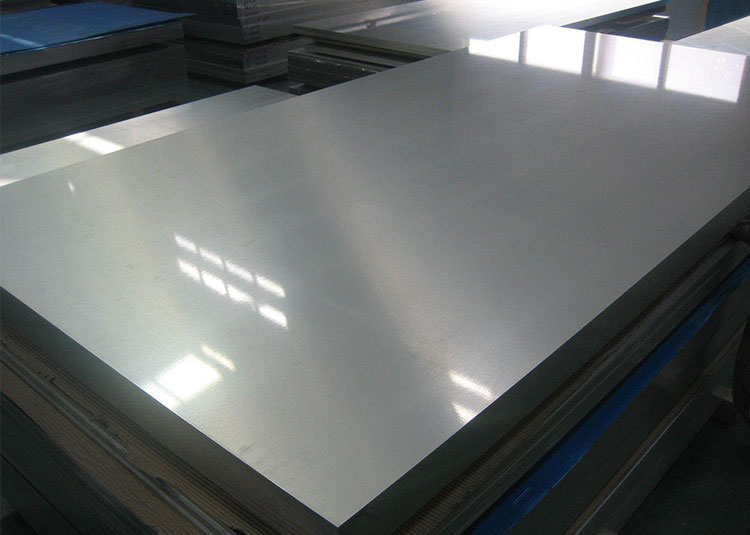
Aluminium Sheets
View Details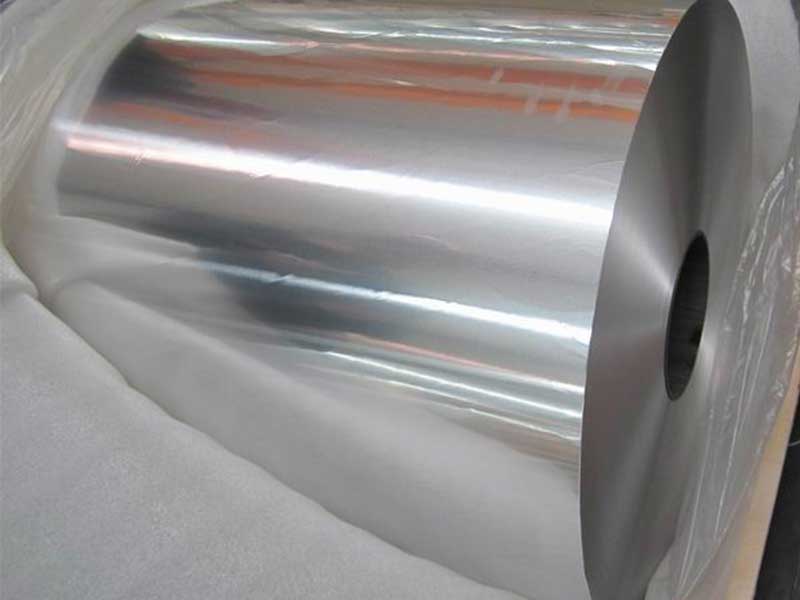
Aluminium Coils
View Details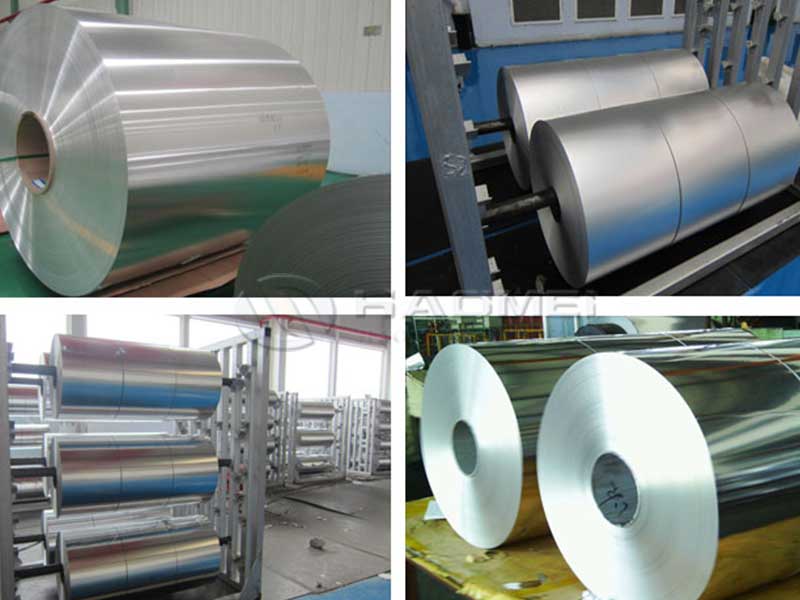
Aluminium Foils
View Details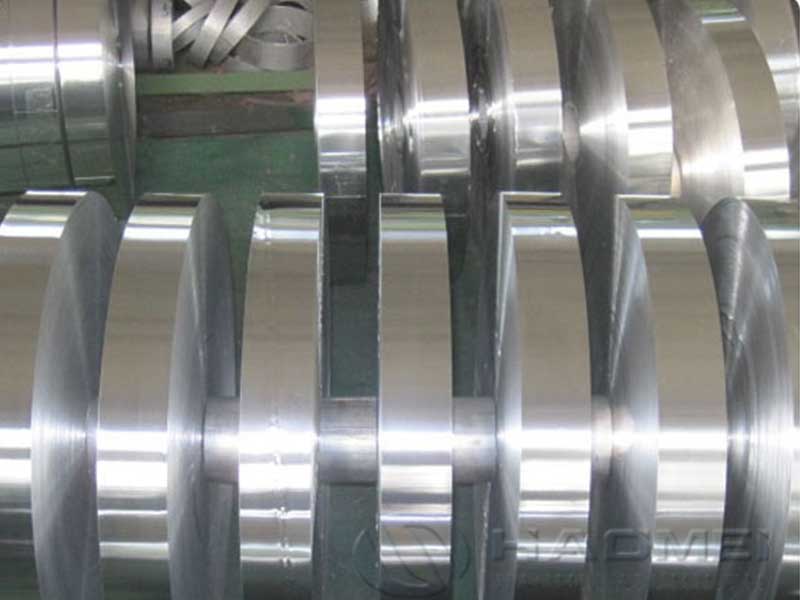
Aluminium Strips
View Details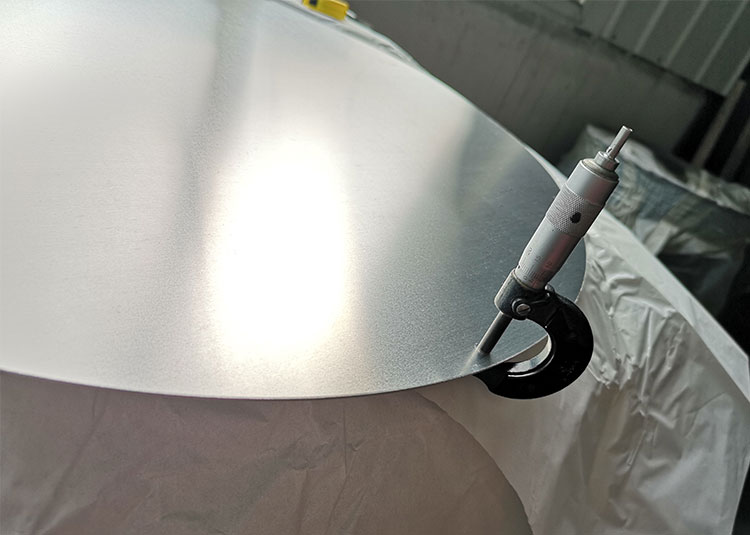
Aluminium Circles
View Details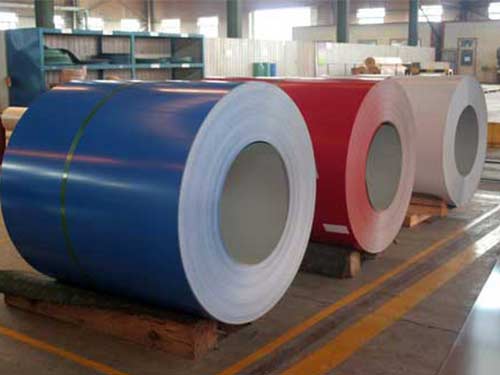
Coated Aluminium
View Details
Mirror Aluminum
View Details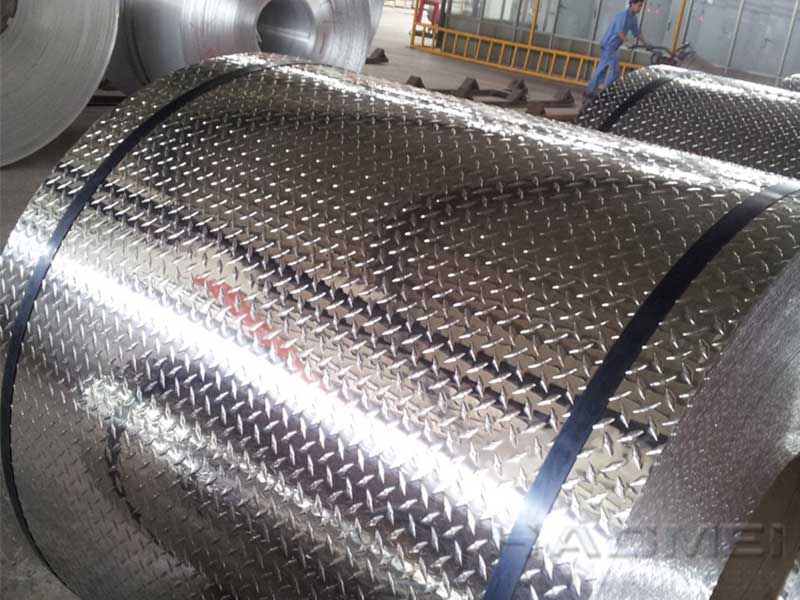
Stucco Embossed Aluminum
View DetailsAluminum
- 7050 T651 aerospace aircraft a...
- Anodised Aluminium colors Shee...
- class 200 grade aluminum windi...
- 4006 Aluminium Circle
- Marine 5086 anti-rust aluminum...
- Aluminium alloy extrusion phot...
- The correct way to clean the a...
- Alloy 8079 H22 air conditionin...
- 6061 aluminum plate for wheel...
- Aluminum strip with round edge...
- polished anodized aluminum she...
- Aluminum guide bar and aluminu...
- Anodized decorative aluminum s...
- aluminum foil insulation board
- Anodized aluminum
- 5005 h34 aluminum plate
- Mirror aluminum sheet for ligh...
- 3003 Aluminum Circle/Aluminium...
- Aluminum Conductor in Resin Ca...
- Anode Yoke Brackets